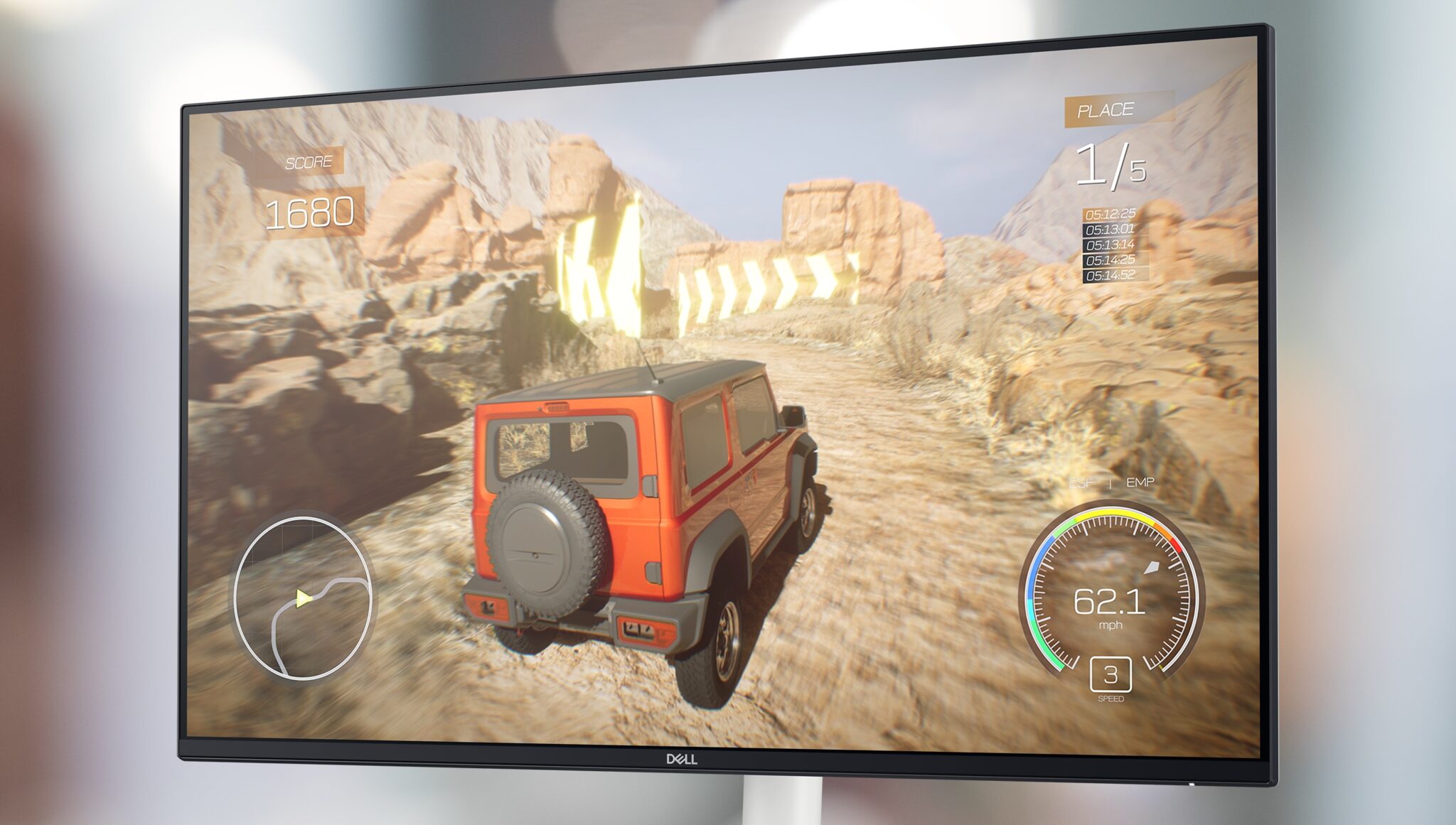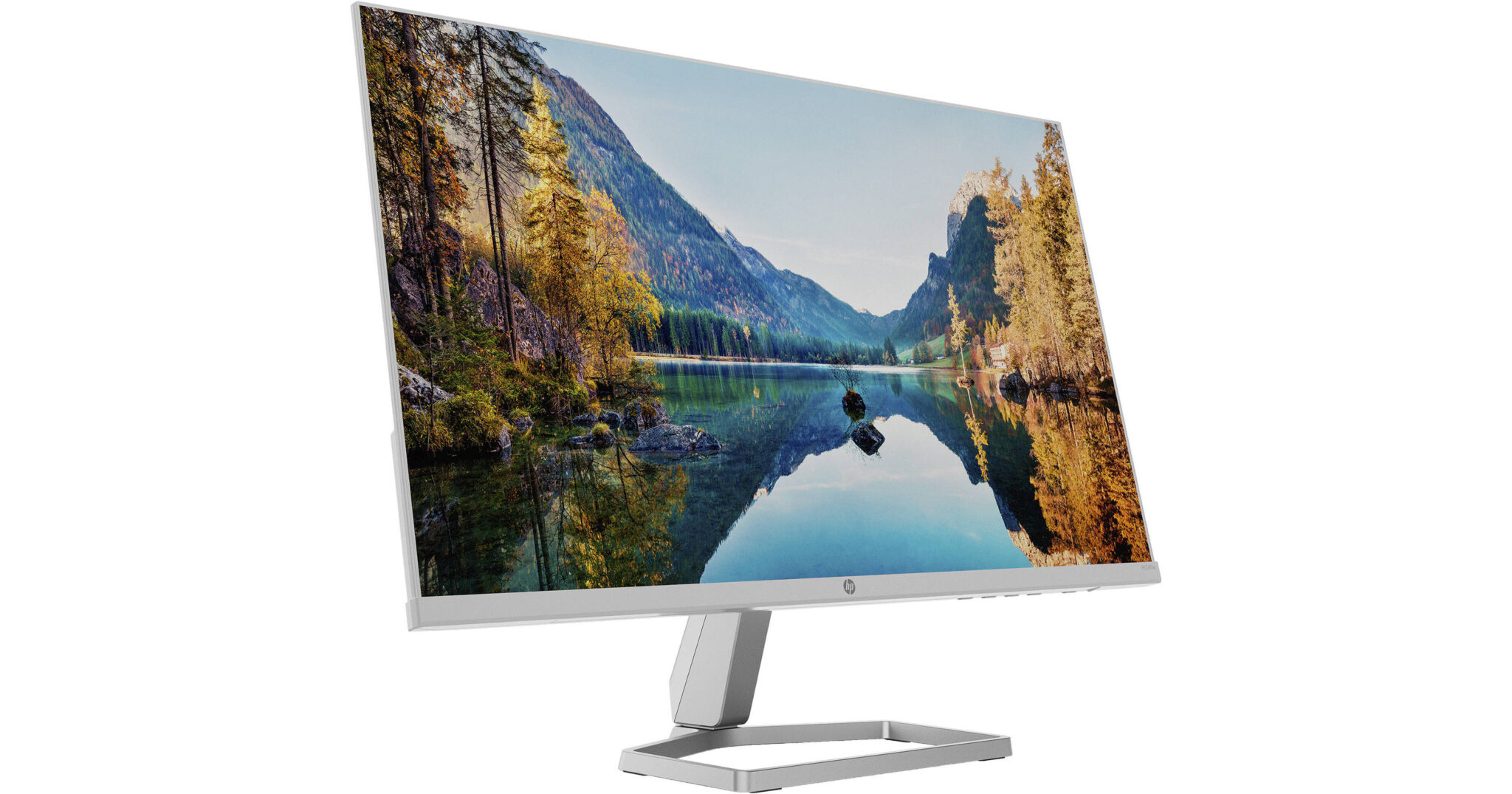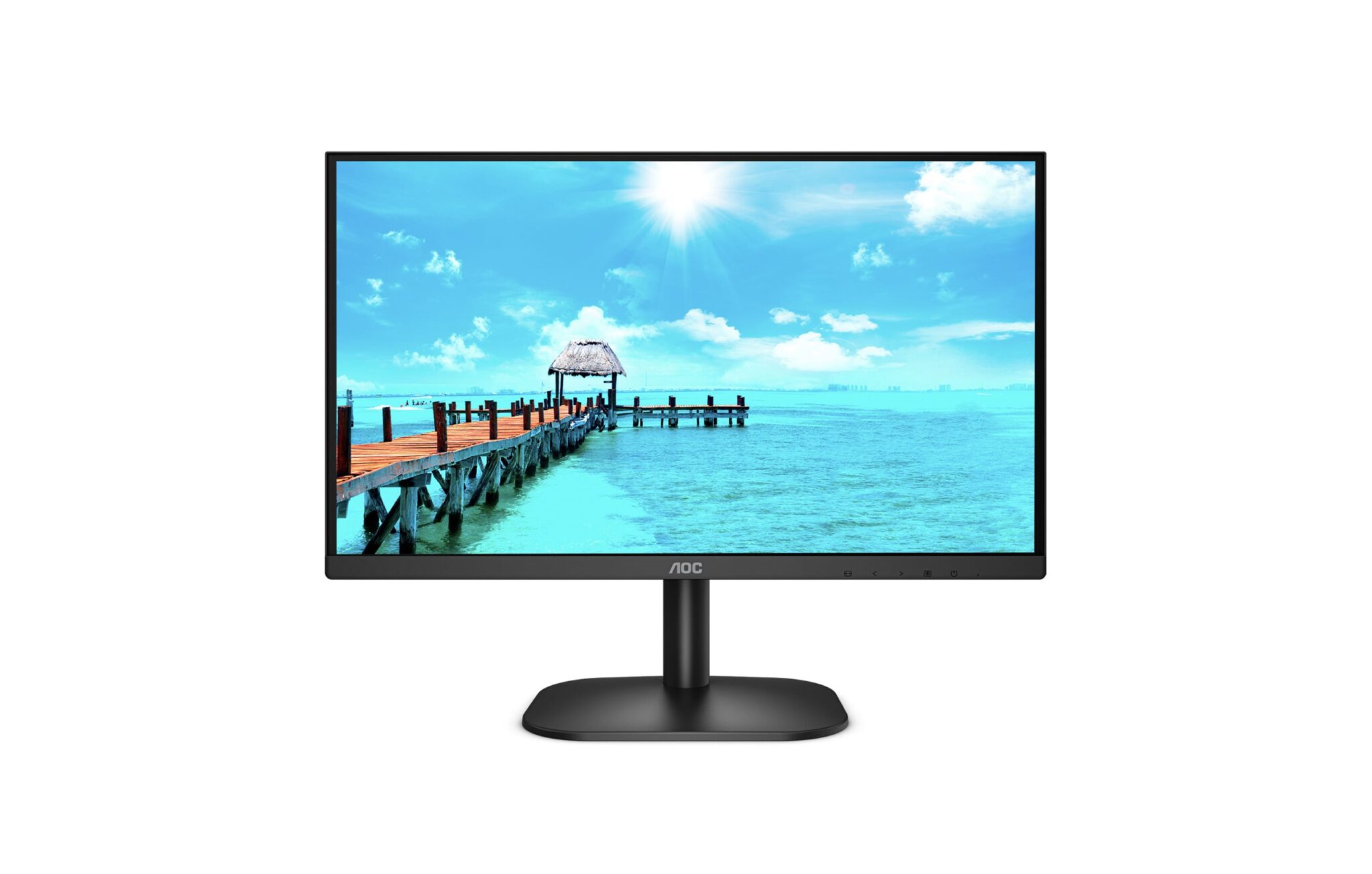Vertical monitors are standard displays that can be rotated 90 degrees into portrait orientation, offering more vertical screen space than the typical landscape (horizontal) setup. This orientation is especially useful for tasks that benefit from seeing more content top-to-bottom such as coding, reading long documents, viewing webpages, or editing portraits. While many monitors can be rotated to vertical mode, some are designed with better ergonomics, stands, and aspect ratios that make them especially well-suited for this use. Vertical monitors are popular among developers, writers, and multitaskers who want to increase productivity by reducing the need to scroll or switch between windows frequently.
Best Tablets:
Dell S2425HS
We tested the Dell S2425HS and discovered that it is a good all-arounder for workplace and daily use. Compared to standard 60Hz screens, the 100Hz refresh rate gives a notably smoother experience, and the IPS panel offers wide viewing angles and rich colors. For ergonomic comfort, the adjustable stand is a great addition. However, because of its sluggish response time and lack of adaptive sync, it is not suitable for intensive gaming. Although they are a handy extra, the built-in speakers don’t provide very good sound. All things considered, it’s a dependable option for casual multimedia and productivity.
- Size: 23.8‑inch
- Panel type: IPS
- Aspect ratio: 16:9
- Resolution: 1920 × 1080 (FHD)
- Refresh rate: 100 Hz
- Response time: 4 ms (Extreme mode) (8 ms normal, 5 ms fast)
Pros:
- 100Hz refresh rate (smoother than 60Hz)
- IPS panel with good colors
- Fully adjustable stand
- Built-in speakers
Cons:
- Not ideal for gaming (no adaptive sync)
- Limited color accuracy for content creation
HP 23.8-inch IPS FHD Monitor
Vertical monitors are standard displays that can be rotated 90 degrees into portrait orientation, offering more vertical screen space than the typical landscape (horizontal) setup. This orientation is especially useful for tasks that benefit from seeing more content top-to-bottom such as coding, reading long documents, viewing webpages, or editing portraits. While many monitors can be rotated to vertical mode, some are designed with better ergonomics, stands, and aspect ratios that make them especially well-suited for this use. Vertical monitors are popular among developers, writers, and multitaskers who want to increase productivity by reducing the need to scroll or switch between windows frequently.
- Size: 23.8‑inch
- Panel type: IPS
- Aspect ratio: 16:9
- Resolution: 1920 × 1080 (FHD)
- Refresh rate: 165 Hz
- Response time: 1 ms GtG (with overdrive)
Pros:
- 165Hz refresh rate
- 1ms response time (great for gaming)
- IPS panel with good viewing angles
- Often budget-friendly
Cons:
- May lack HDR or wide color gamut
- Build quality can vary by model
AOC 24-inch IPS Monitor
The AOC 24G2’s popularity among low-cost gaming monitors was validated by testing. Motion is smooth and gameplay feels responsive thanks to a 1ms reaction time and a refresh rate of 144–165Hz. Even for light photo retouching, the IPS panel’s remarkable color fidelity makes it appropriate. An excellent ergonomic feature is the stand’s ability to be adjusted in height. The somewhat awkward OSD menu and the faint IPS glow in dimly lit areas are a couple of minor drawbacks. In spite of this, it’s a reasonably priced and adaptable monitor that’s good for both general and gaming use.
- Size: 24‑inch
- Panel type: IPS
- Aspect ratio: 16:9
- Resolution: 1920 × 1080 (FHD)
- Refresh rate: 144 Hz (some variants up to 165 Hz)
- Response time: ~1 ms (GtG) with overshoot typical to IPS
Pros:
- 144–165Hz refresh rate
- 1ms response time
- Good color accuracy (sRGB ~100%)
- Height-adjustable stand
Cons:
- Menu controls can be clunky
- Mediocre speakers or none
- Slight IPS glow in dark scenes


